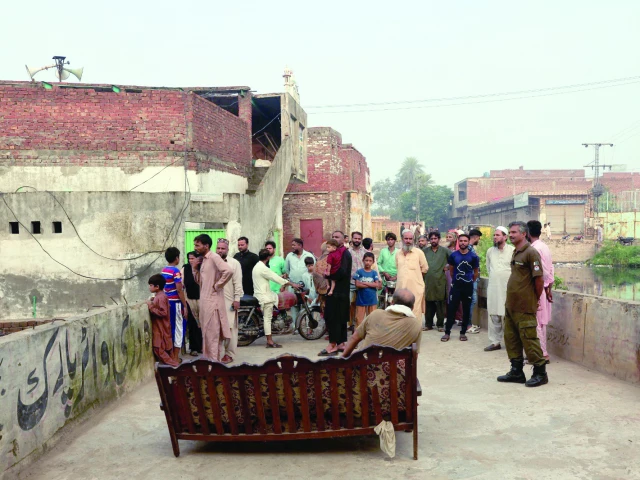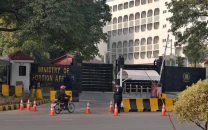Urgency of urban climate resilience highlighted
Experts discuss concerted pursuit of SDGs

Rapid, unplanned urbanisation has intensified environmental degradation, reduced air quality, depleted groundwater, and heightened vulnerability to climate shocks in Punjab, home to over 125 million people and more than 150 cities and towns, the participants of a consultative dialogue were informed.
According to the World Bank's Poverty, Equity, and Resilience Assessment (2025), Pakistan's true urban population may range between 60% and 80% — far higher than the officially reported 39%. The situation has complicated progress toward the Sustainable Development Goals (SDGs) and economic growth.
The dialogue focused on identifying governance gaps, assessing climate vulnerabilities, and sharing global best practices in urban planning, data governance, and technology-driven adaptation — providing a roadmap for resilience-oriented urban reform.
Delivering keynote remarks, Punjab Environment Protection Agency (EPA) Additional Director General Dr Zafar Iqbal said smog mitigation measures such as fireworks bans, adjusted school timings and green lockdowns were helping limit emissions and fuel use.
United Nations Development Programme (UNDP) Punjab SDGs Unit Urban Resilience Specialist Nadeem Khurshid emphasised the need for "climate-smart financial planning, metropolitan governance, and nature-based solutions" to counter unsustainable urban sprawl in cities like Lahore, Faisalabad, and Multan.




















COMMENTS
Comments are moderated and generally will be posted if they are on-topic and not abusive.
For more information, please see our Comments FAQ